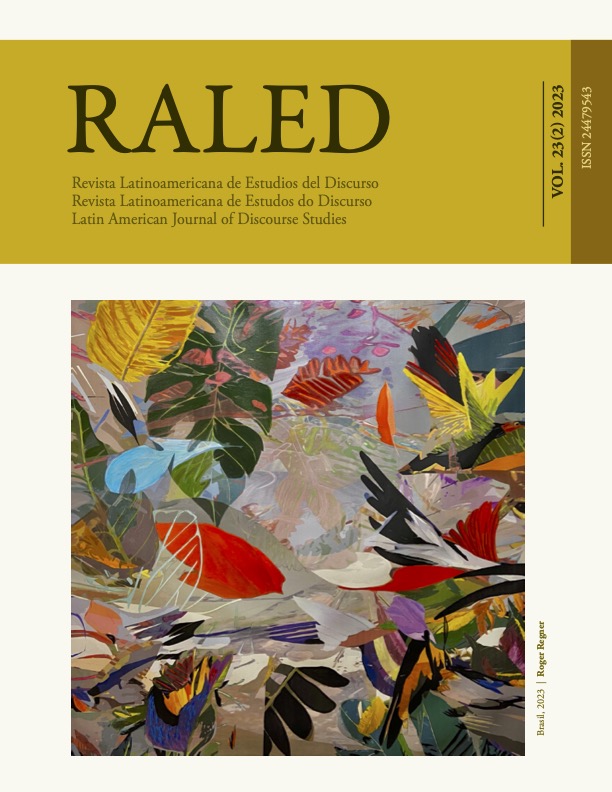Análisis de los marcadores discursivos de una historia de vida en kari'ña
DOI:
https://doi.org/10.35956/v.2.n23.2023.p.90-109Keywords:
discourse marker, cohesion and coherence, kari'ña.Abstract
The maintenance of cohesion and coherence in discourse occurs through functions performed by lexical elements. This study analyzes some discourse markers of Kari’ña, a Caribbean language spoken in various countries, in its formal, semantic and functional aspects. A qualitative research of a descriptive nature was chosen because it responded to the need to study the intentions of the speaker when expressing discourse markers in speech. The methodology employed was based on the Interpretive Phenomenological Analysis which allowed the author to study the intentions of the speaker, how he/she expresses his/her intentions, and how such intentions are understood by the listener. A life story told by a Kari'ña aborigine in his language was analyzed. After classifying the considered markers, a functional analysis was carried out to contextualize them. This made it possible to specify some communicative functions concerning structural operations to link verbal sequences with sequences of events.
Downloads
References
Varios autores (Fuentes, 1996; Portolés, 1998; Zorraquino y Portóles, 1999) han señalado que los conectores en el discurso cumplen un rol clave en la orientación de las inferencias y en el procesamiento de la información en los textos argumentativos.
Las narrativas, según Labov (1972), es un método para recapitular experiencias pasadas, que correlaciona una secuencia verbal de cláusulas a una secuencia de eventos que realmente ocurrieron.
Para Halliday y Hasan (1987), el texto es una unidad semántica, una unidad de sentido, pero no de forma.
Distintos autores (Labov y Waletzky, 1967; Labov, 1972; Van Dijk, 1983; etc.,) han intentado organizar un marco general del relato en una serie de componentes básicos y opcionales.
Downloads
Published
How to Cite
Issue
Section
License
Copyright (c) 2023 José Beria Valenzuela

This work is licensed under a Creative Commons Attribution-NonCommercial-NoDerivatives 4.0 International License.
The authors retain the copyright and guarantee RALED the right to be the first publication of the work as well as a Creative Commons Attribution License that allows others to share the work with recognition of authorship and the initial publication in this journal.




